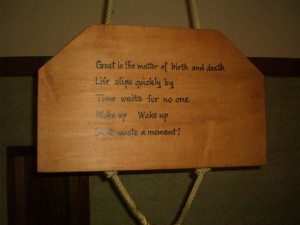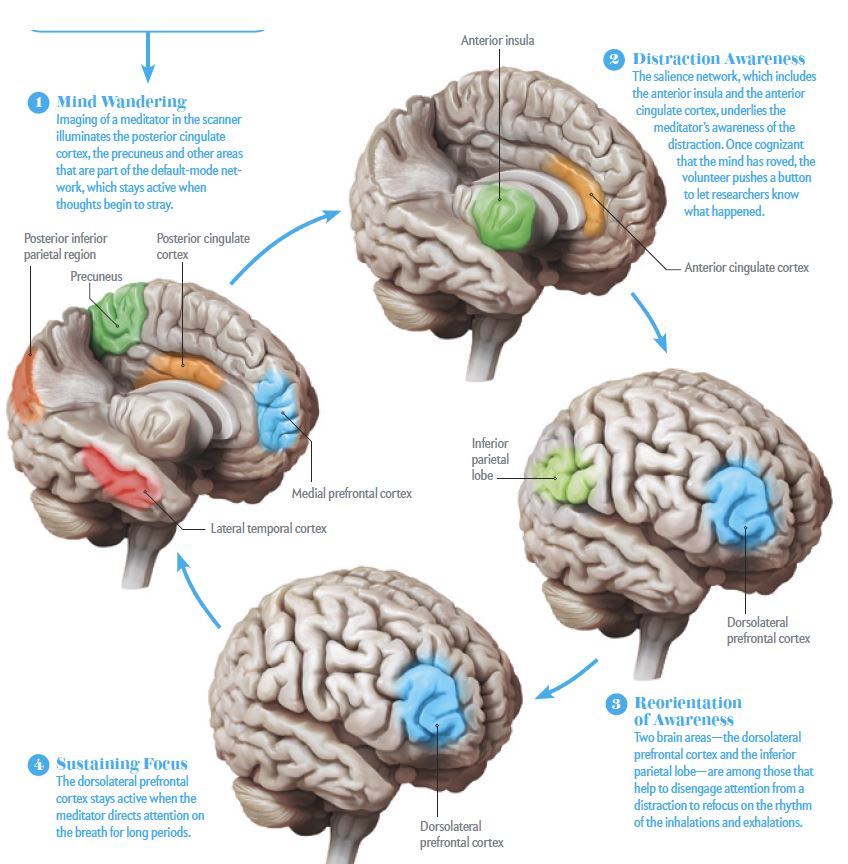When I was a younger man, I used to be something of a curmudgeon. I tended to envy people who were happy and successful. I remember times when, as a single man, I would glance at couples in San Francisco holding hands and feel bitter resentment. They seemed like such ordinary people, what right did they have to flaunt their happiness in my face by holding hands! Would love ever find it’s way to me? I’d wonder. Or I’d be walking down the street in a lovely San Francisco neighborhood, past gorgeously cozy Victorian mansions, and feel like a total failure in life because I didn’t own such a beautiful house. I’d feel the same way about people driving fancy cars, or going on long and expensive vacations to exotic climes. Or about so many other things.

Then something strange started to happen. I started catching myself smiling at beautiful houses as I walked past them, feeling genuinely happy for the people who lived in them. I also began noticing a swell of enjoyment whenever I saw couples holding hands, being openly affectionate. And when people told me they were going on long expensive vacations, I would be sincerely delighted for them.
One day it hit me: I had stopped being a curmudgeon! But what had changed? I asked myself. Then I realized: my meditation practice, which I’d been engaged in for many years, had started to show up for me as the heart quality known as appreciative joy. Appreciative joy, sometimes known as sympathetic joy, is that quality of an open and wise heart that rejoices in the happiness and success of others. When it is directed at one’s own good fortune, appreciative joy is embodied in the emotion of gratitude. What was amazing to me is that I hadn’t consciously tried being grateful for what I had or appreciative of others’ happiness. The emotions just arose naturally as a result of my practice. I realized as well that if I was spontaneously experiencing joy for others, my brain must have been changed as a result.
Through meditation, we practice letting go of distractions, comparisons, and private obsessions again and again, by simply coming back to our breath or whatever object we’re focusing on. That act of letting go and coming back, repeated countless times over hours, days, weeks, months, and years, has a structural impact on our brains, thanks to neuroplasticity – the fact that our brains can be changed through repeated experience. Those structural changes are then reflected in our behavior. The hard edges of our comparing and judging mind soften, and we gravitate towards a state of inner contentment. When we are feeling good about ourselves internally, we don’t have to compare ourselves to others externally. Feeling good about ourselves, we naturally wish others to be happy as well. If we feel inner joy, it frees our heart to feel joy for others.
And research has shown that joy and gratitude can have a protective influence on psychological and physical health. In one study by Emmons & McCullough, those who kept weekly gratitude journals were more likely to exercise regularly, have fewer physical symptoms, and felt better about their lives as a whole. And research by Richard Davidson has shown a 50% increase in antibodies to the flu in people who rate high in joyful emotions.
Because of the fact that our brains are plastic, our curmudgeonly tendencies don’t have to be our fate. We can intentionally cultivate positive states like joy and gratitude through practices such as mindfulness, concentration, and lovingkindness. We are not at the mercy of the brain’s default negativity bias or of our habitual ruminative thought patterns. In a very real sense, happiness, joy and gratitude are ways of being rather than static states. And because feeling appreciative joy also makes us a better colleague, leader, friend, or spouse, a joyful mind is also an intelligent one.

 When you’re working really hard and it’s time to take a break, what do you do? What does it mean to take a break? Is a break walking away from your desk while checking out your phone for messages, visiting Facebook for updates from friends, or browsing your favorite news blog? Is taking a break eating at your desk while web browsing? Or is it visiting a colleague to have a business conversation? Many people believe they have to be productive all the time, so even when they take a “break” they have to do something potentially useful. (A student of mine once confessed that when she brushed her teeth at night, she was texting friends with her free hand. She explained that brushing her teeth wasn’t accomplishing enough!) The problem with these kinds of breaks is that they keep the mind focused on conceptual experiences. But a true break means we are giving the brain a break from concepts. Brain scans have shown that when people are focused on concepts – doing work, for example – many regions of the bran light up. The brain is expending a lot of energy when we are doing things that take conceptual focus. When we expend this kind of energy without pause, hour after hour, it can be quite exhausting. When we are exhausted, our performance suffers, our inner sense of well-being declines, and our health can suffer as well. Burnout and lack of engagement often follow.
When you’re working really hard and it’s time to take a break, what do you do? What does it mean to take a break? Is a break walking away from your desk while checking out your phone for messages, visiting Facebook for updates from friends, or browsing your favorite news blog? Is taking a break eating at your desk while web browsing? Or is it visiting a colleague to have a business conversation? Many people believe they have to be productive all the time, so even when they take a “break” they have to do something potentially useful. (A student of mine once confessed that when she brushed her teeth at night, she was texting friends with her free hand. She explained that brushing her teeth wasn’t accomplishing enough!) The problem with these kinds of breaks is that they keep the mind focused on conceptual experiences. But a true break means we are giving the brain a break from concepts. Brain scans have shown that when people are focused on concepts – doing work, for example – many regions of the bran light up. The brain is expending a lot of energy when we are doing things that take conceptual focus. When we expend this kind of energy without pause, hour after hour, it can be quite exhausting. When we are exhausted, our performance suffers, our inner sense of well-being declines, and our health can suffer as well. Burnout and lack of engagement often follow.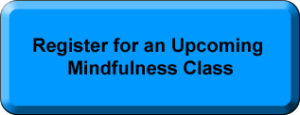





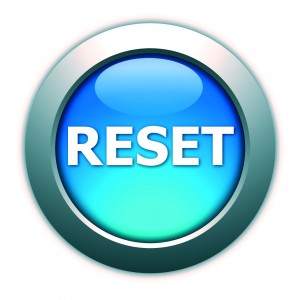



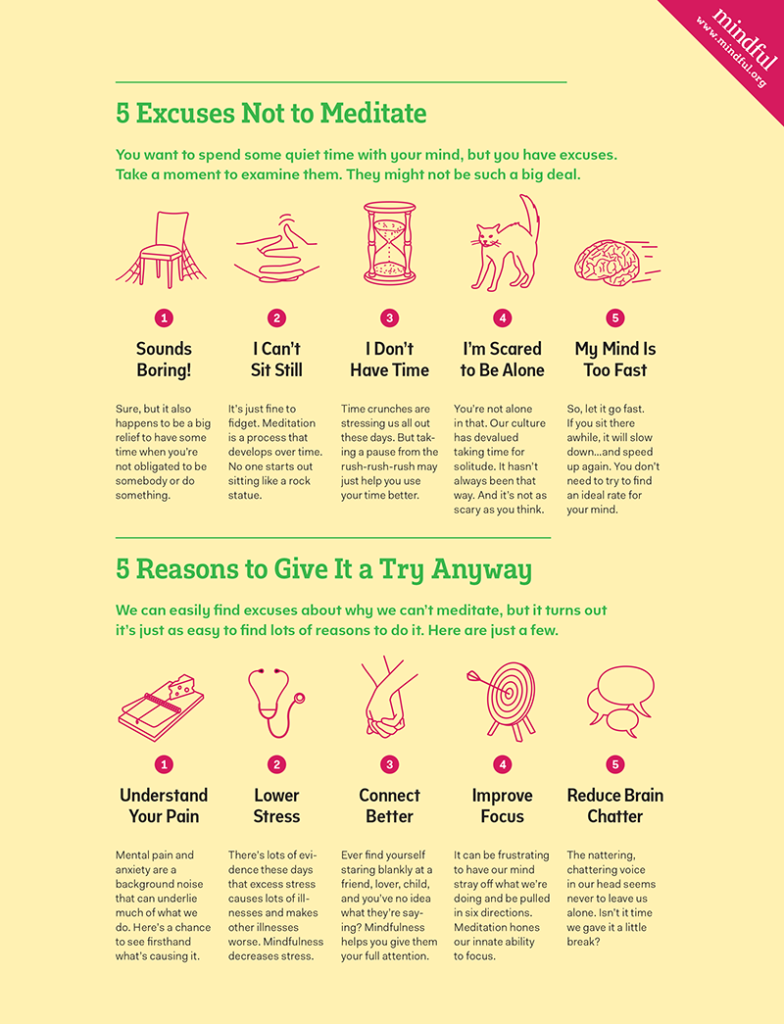


 I recently returned from a 9-day intensive meditation retreat focused on the practices of concentration and mindfulness. The first four days of the retreat presented me with the usual struggle – re-learning how to slow down, quitting caffeine, abandoning cell phones, blogs and the internet, and mostly, just watching the habit patterns of my mind replay themselves ad nauseum. By day five I was really settling in nicely, my mind was calmer, clearer, and more focused, and I was able to steady my attention on the breath – and even more interestingly to me – the stillness of knowing the breath. I was really beginning to hit my stride and was looking forward to deepening my concentration in the following final days of the retreat. But on Sunday night, instead of listening to that night’s talk on practice with my fellow practitioners, I found myself in the emergency room of the nearest hospital with an IV drip of saline in my arm.
I recently returned from a 9-day intensive meditation retreat focused on the practices of concentration and mindfulness. The first four days of the retreat presented me with the usual struggle – re-learning how to slow down, quitting caffeine, abandoning cell phones, blogs and the internet, and mostly, just watching the habit patterns of my mind replay themselves ad nauseum. By day five I was really settling in nicely, my mind was calmer, clearer, and more focused, and I was able to steady my attention on the breath – and even more interestingly to me – the stillness of knowing the breath. I was really beginning to hit my stride and was looking forward to deepening my concentration in the following final days of the retreat. But on Sunday night, instead of listening to that night’s talk on practice with my fellow practitioners, I found myself in the emergency room of the nearest hospital with an IV drip of saline in my arm.